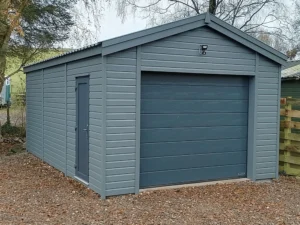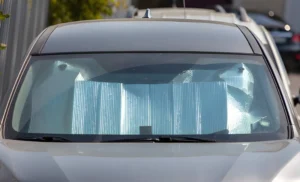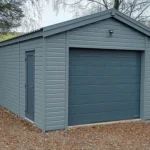Buying the wrong accessories for your Hiace can cost you hundreds of dollars and hours of frustration trying to make incompatible parts work. The toyota hiace accessories market in Australia is flooded with products that look similar but have subtle differences that matter enormously during installation. Most people make the same predictable mistakes because they focus on price rather than compatibility, or they trust product descriptions without verifying specifications against their specific van model.
Generation and Model Year Confusion
The biggest mistake people make is assuming all Hiace accessories are universal. Toyota has produced multiple generations of the Hiace, and accessories designed for older models often don’t fit newer ones properly. The current generation started in 2019, and many accessories from previous models simply won’t work.
Even within the same generation, there can be differences between trim levels and body styles. A part that fits perfectly on a standard van might not work on the high-roof version, or vice versa. Always verify your exact model year and variant before ordering anything.
Check your VIN number against the supplier’s compatibility guide rather than just trusting the product title. Many online listings use generic descriptions that don’t account for specific model variations.
Ignoring Load Ratings and Capacity Limits
This mistake becomes expensive quickly, especially with roof racks and towing accessories. Many people buy accessories based on what looks good rather than what their van can actually handle safely. The Hiace has specific weight limits for roof loading, and exceeding them affects handling and can damage the roof structure.
Towing accessories present similar issues. Just because a towbar bolts to your van doesn’t mean it’s appropriate for your intended use. Consider the weight of what you plan to tow, plus the tongue weight, and make sure both fall within your van’s specifications.
Suspension modifications often become necessary when adding heavy accessories, but many people skip this step to save money. The result is poor handling, premature tire wear, and potential safety issues.
Cheap Import Quality Issues
Australian conditions are tough on vehicle accessories, but many people choose the cheapest options available online without considering long-term durability. Import accessories might look identical to quality Australian-made products, but they often use inferior materials that don’t handle our climate extremes.
UV degradation happens quickly with cheap plastics and fabrics. That bargain seat cover might look great initially, but after six months of Australian sun, it could be cracking and fading badly. Quality materials cost more upfront but last years longer.
Electrical accessories from unknown suppliers can cause serious problems. Poor-quality wiring and components create fire risks and can damage your van’s electrical system. Stick with recognized brands that meet Australian standards.
Installation Complexity Underestimation
Many people order accessories without researching the installation process, assuming everything is straightforward. Some modifications require specialized tools, electrical knowledge, or even welding skills that most DIYers don’t possess.
Professional installation costs can double or triple the total project cost. Factor these expenses into your budget before purchasing, not after the parts arrive. Some accessories might make sense financially if you install them yourself but become poor value when professional installation is required.
Warranty implications matter too. Some modifications void manufacturer warranties or require specific installation procedures to maintain coverage. Research these requirements before committing to major modifications.
Inadequate Research on Seller Reputation
Online marketplaces make it easy to buy from questionable sellers who disappear when problems arise. Check seller ratings and read recent reviews, paying particular attention to complaints about fitment issues or poor customer service.
Australian consumer protection laws provide more coverage when buying from local businesses compared to overseas sellers. Consider this protection when comparing prices between local and international suppliers.
Return policies become crucial when dealing with fitment issues. Some sellers charge restocking fees or require buyers to pay return shipping costs that can exceed the value of smaller items.
Overlooking Certification and Compliance Requirements
Many accessories must meet Australian Design Rules to be legal for road use. This particularly applies to lighting modifications, bull bars, and suspension changes. Using non-compliant accessories can result in defect notices, insurance claim rejections, and liability issues.
Some modifications require engineering certification, which costs additional money and time. Research these requirements before purchasing rather than discovering them during installation.
Insurance companies may refuse claims involving non-compliant modifications, even if the modification wasn’t directly related to the incident. Inform your insurer about significant modifications to avoid coverage issues later.
Bundle Deal False Economies
Accessory bundles often seem like great value, but they frequently include items you don’t actually need or want. Breaking down the individual component costs often reveals that you’re paying full price for everything while only saving money on items you wouldn’t have bought separately.
Quality levels within bundles vary significantly. You might get an excellent roof rack paired with a mediocre toolbox, effectively subsidizing products you wouldn’t choose independently.
Also Read-Online Lead Generation Techniques for Professional Services










